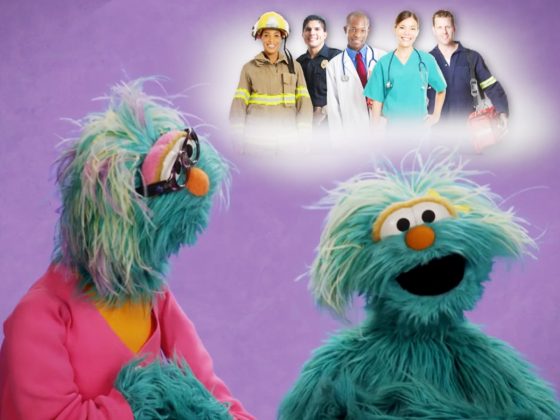
Sirens Mean Helpers
A video about helping children who are fearful of sirens.
Ask children how they feel when they hear sirens (you might share that you are concerned or sad when you hear them, too). Tell children that Rosita gets scared, too. Then watch the video together.
Afterward, talk about the helpers in your community, such as the EMTs who arrive quickly in ambulances. Point out that the sirens help the ambulance drivers get to the scene quickly—the sirens tell cars and buses to get out of the way so the ambulance can drive through the streets without stopping.
Next time you hear sirens outside, you can model empathy, compassion, and hope by reframing the experience: “Let’s close our eyes and send good wishes to whoever is hurt or in danger, and let’s send our caring thoughts and thanks to the people who are working hard to help.”
When children hear about or even witness someone being hurt in a violent act, reassure them: “There are many helpers who work (or will work) hard to make sure we will all be safe and okay.”
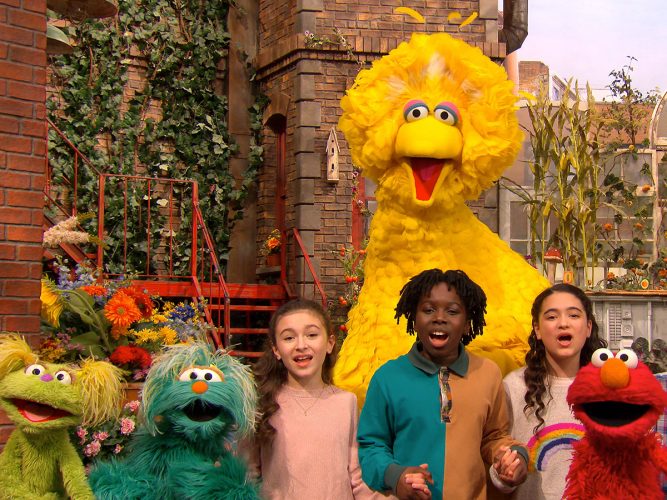
We’re Not Alone
A music video on the power of community connections.

1, 2, 3, Color Me
Sitting quietly and coloring together is a stress-reliever for adults and children alike.
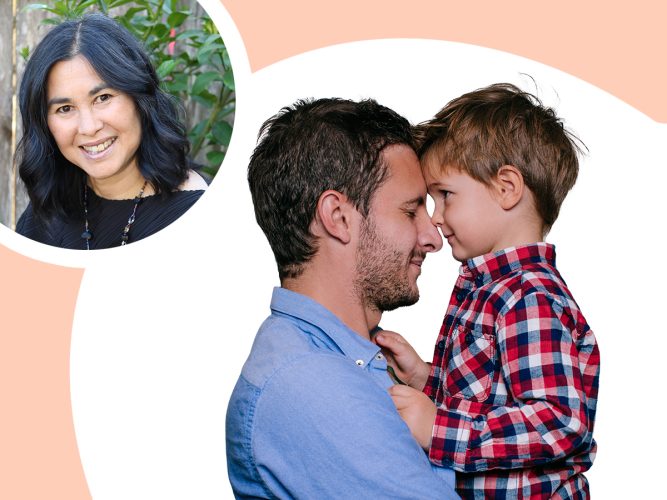
Trauma and the Body
An article on the effects of violence on children.
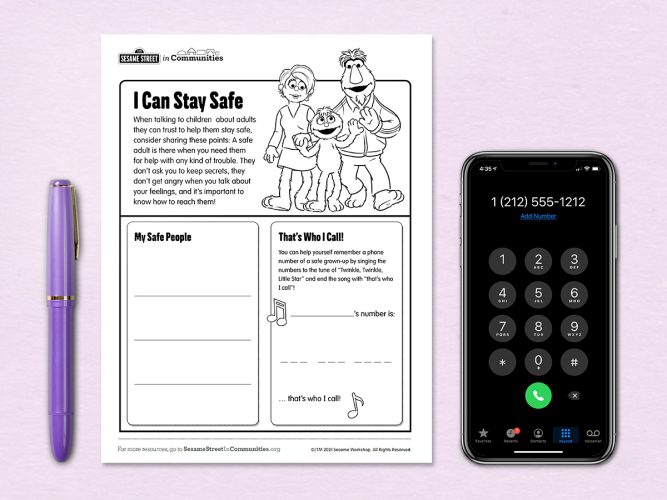
I Can Stay Safe
It’s important for children to know several people they can turn to when something goes wrong.
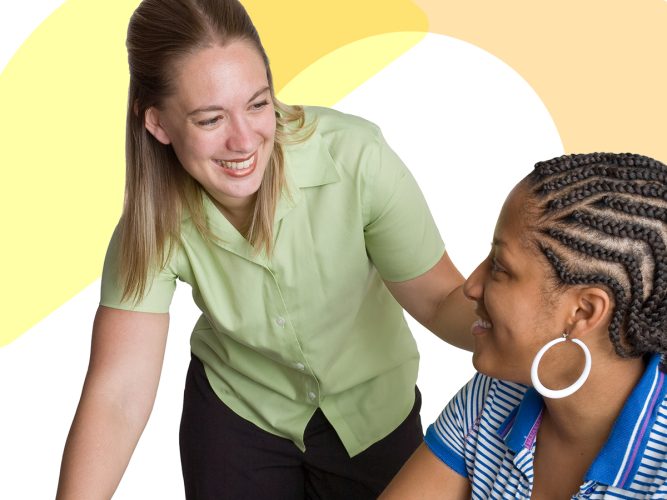
Using These Resources: Violence
Article about the Sesame Street Community & Gun Violence initiative.
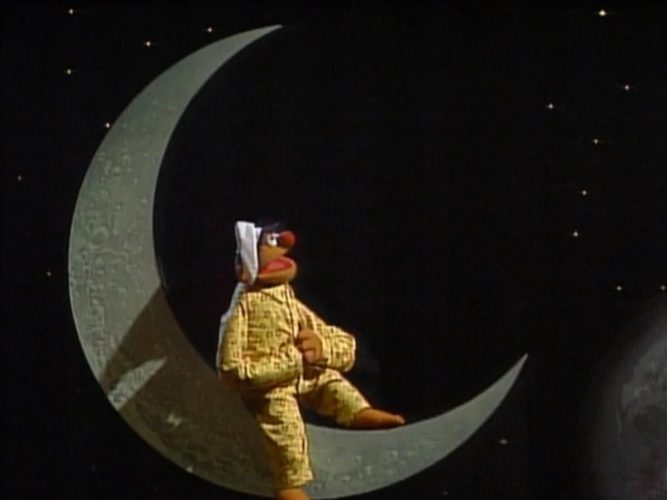
I Don’t Want to Live on the Moon
A song about the power of human connections.
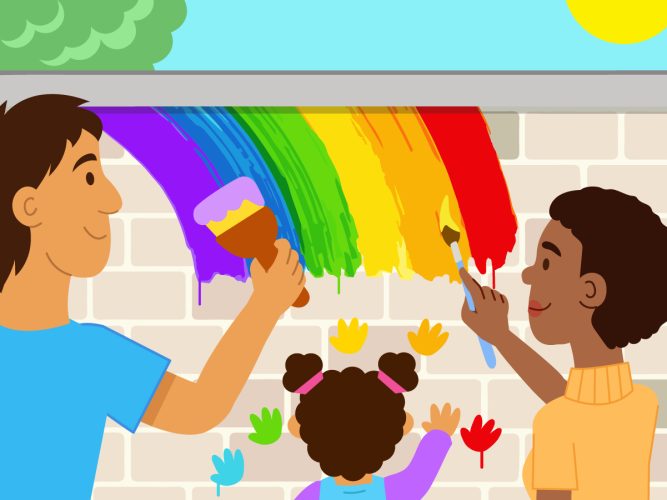
Community Conversation: Community Violence
Many communities are unfortunately impacted by community violence, but there are people and organizations striving to help. You can, too!
